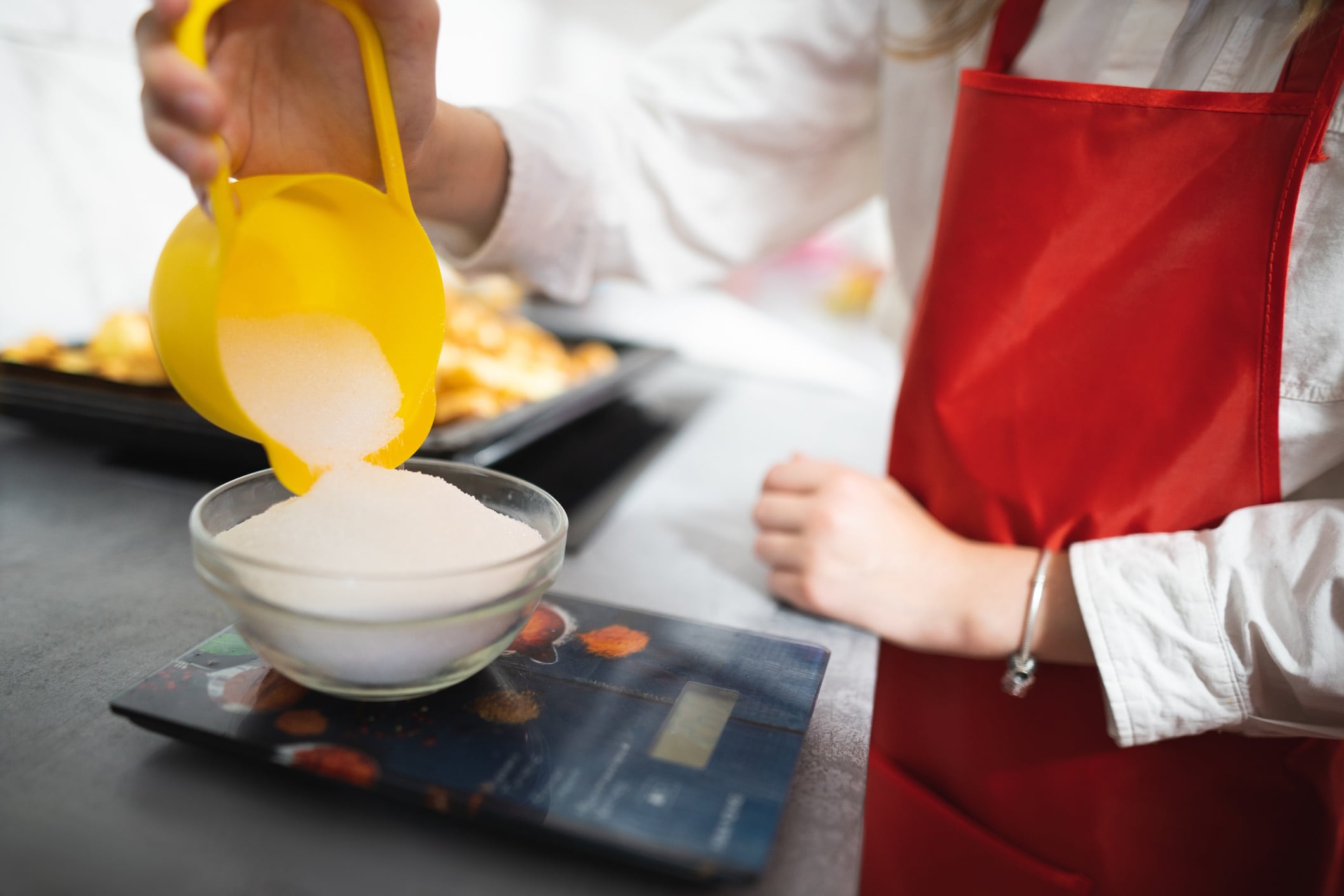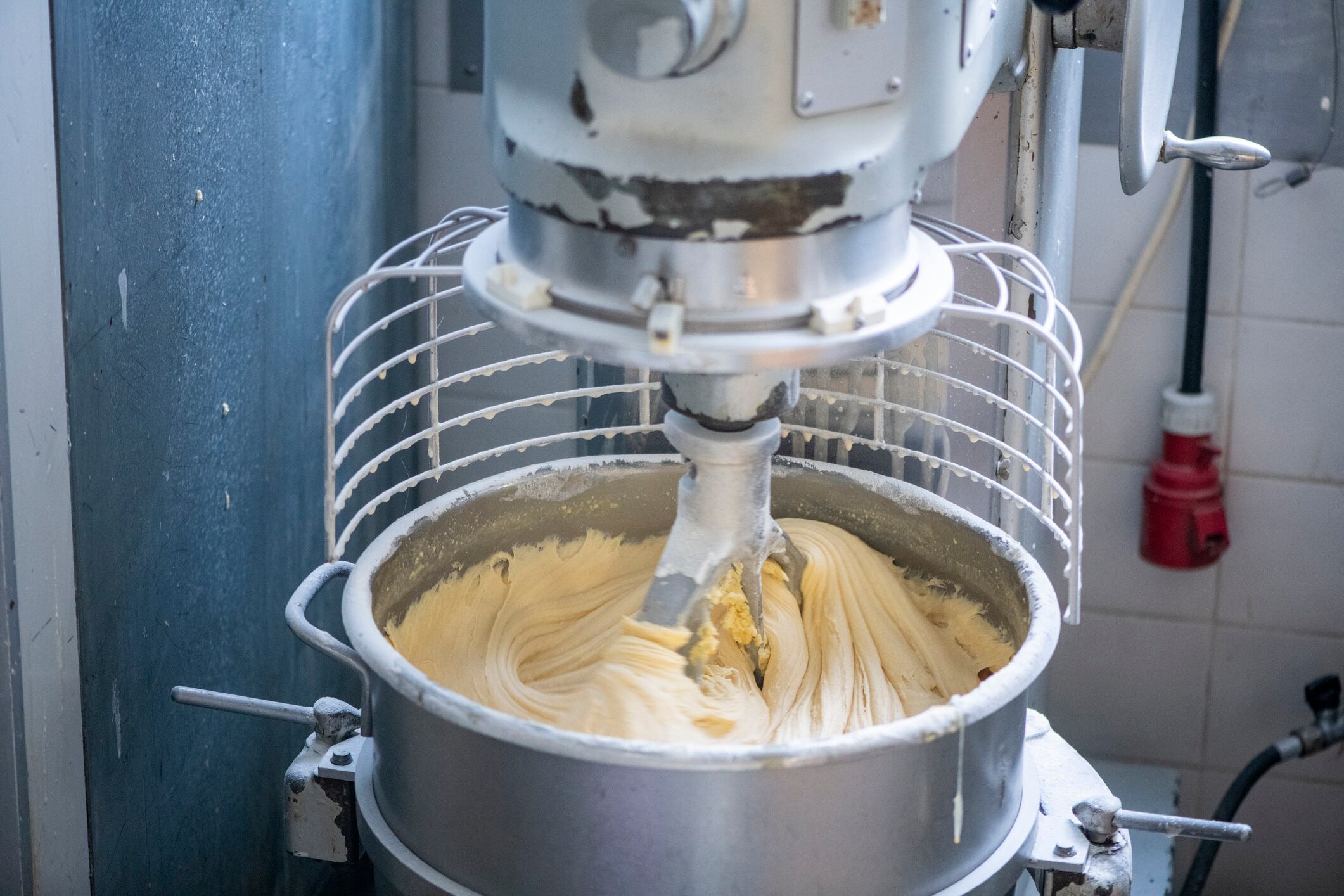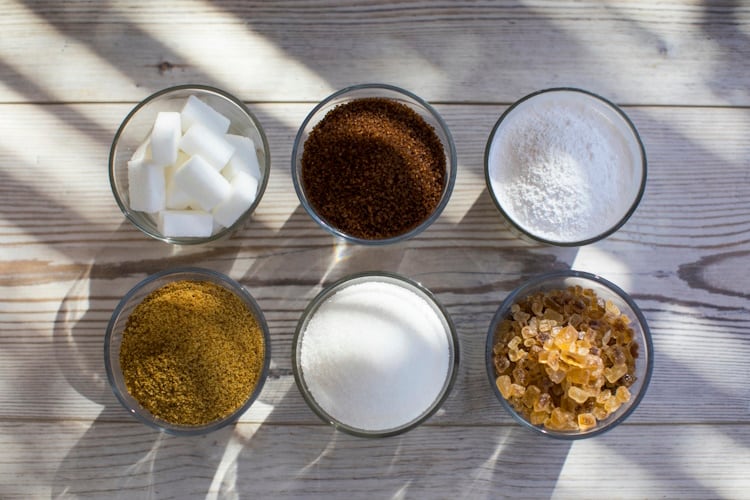In today’s baking world, margins are being stretched to their limit. Prices for key ingredients like sugar are surging, while consumers are more cost-conscious than ever.
And yet, the demand for high-quality baked goods hasn’t gone anywhere. For bakers, that means walking a tightrope to keep prices in check, maintain the sweet taste customers expect and still turn a profit.
According to Euromonitor, the global baked goods market is expected to grow by 1.7% in 2025. But even with that growth, bakery margins are under serious pressure. Sugar, in particular, has seen a price hike of more than 50% since 2019.
Critically, sugar’s not just a sweetener: it’s a structural ingredient in everything from bread to brownies. And when the cost of sugar spikes, the pressure lands squarely on the bakery floor.
“In price-sensitive markets, limited options for raising retail prices drive bakers to pursue innovative ingredient solutions that maintain quality without increasing costs,” Nikolaj Metz Jansen, business development manager at Novonesis, tells this site.
When sugar prices spike, bakers feel the burn

Baked goods prices have risen by 10% to 25% globally in recent years – and in regions like the Middle East, Africa, and Latin America, those increases have been even steeper, according to the World Economic Outlook (October 2024). As sugar prices continue to climb, so do retail prices, leaving both bakers and shoppers feeling the strain.
Unsurprisingly, 72% of consumers are worried about the rising cost of everyday essentials and many are tightening their belts. But cravings still call.
While price is clearly a key factor at shelf, value-driven promotions and private label offerings are gaining share, according to Euromonitor. Still, taste remains king. Consumers aren’t willing to compromise on the flavours they love, especially sweetness. In fact, nearly half say cost and quality are their top priorities when choosing baked staples like bread (Innova Category Insights 2024).
That puts bakers in a bind: absorb skyrocketing ingredient costs or alter recipes and risk losing loyal customers. Fortunately, a third option is gaining momentum.
“Bakers face the challenge of maintaining profitability while meeting consumer expectations for taste, texture and sweetness in baked goods,” says Jansen. “Rising and fluctuating raw material prices, such as sugar, force bakers to either absorb costs or reformulate products – both of which involve risks.”
A new take on sweetness

What if you could reduce the added sugar in your recipes by up to 50% and still deliver the same sweetness? That’s where enzyme-based sugar reduction comes in. These clever technologies convert starches already present in dough into sugar during the baking process, naturally boosting sweetness and reducing the need for added sugar.
Take Novonesis’ newly launched Optiva LS Prime, for example. This enzyme-based solution works by breaking down long-chain starch molecules – mainly from flour – into shorter sugar units like maltose and glucose, which are naturally sweet. This means the sweetness is built into the product itself, not added on top.
It’s not just about taste, either. These reducing sugars also fuel the Maillard reaction – responsible for crust colour and flavour development – and feed yeast during fermentation, supporting volume and texture. The result is a product that tastes just as good (if not better), looks the same and performs beautifully in the oven - all with significantly less added sugar.

“We see consumer purchasing decisions being driven by cost, taste and texture,” says Jansen. “Bakers can solve this matrix conundrum by focusing on solutions that enhance sweetness while managing ingredient costs. Enzyme technologies are tested and proven in this space.”
For bakeries curious about sugar reduction, starting with small pilot trials is a smart move. “Conducting pilot trials and collaborating with formulators builds confidence in new formulations and supports a smooth transition to full-scale production,” Jansen advises.
And it’s not just about reducing sugar. Enzyme-based systems often bring added perks – like improved fermentation, better shelf life and reduced need for other ingredients like yeast. That kind of flexibility can make a real difference when markets are volatile.
“Enzyme-based solutions can enhance baking by optimising dough and baking performance,” Jansen notes. “This can lead to maximising the use of raw material, enabling bakers to adapt to market fluctuations while ensuring consistent product quality.”
What’s working around the world?

Approaches to sugar reduction vary by region. In markets dealing with steep inflation – like parts of Africa – bakers are moving quickly to adopt cost-saving tech, with rapid returns on investment. Elsewhere – such as in Brazil – the focus is more on precision: using these tools in targeted applications to fine-tune quality and efficiency.
“The benefits of using less added sugar technology can come in many formats,” Jansen explains. “Optimising sourcing; less ingredient cost fluctuation; reducing yeast additions or boosting fermentation performance; and even saving on storage space.”
It’s a reminder that smart baking strategies aren’t one-size-fits-all but the tools to support them are becoming increasingly adaptable.
The bottom line? Sugar doesn’t have to be a sore spot for margins anymore. With the right enzyme-based tools, bakeries can deliver the sweet experience customers expect while quietly improving the numbers behind the scenes.
Less sugar. Same great product. Better profitability. Now that’s a recipe worth trying.




